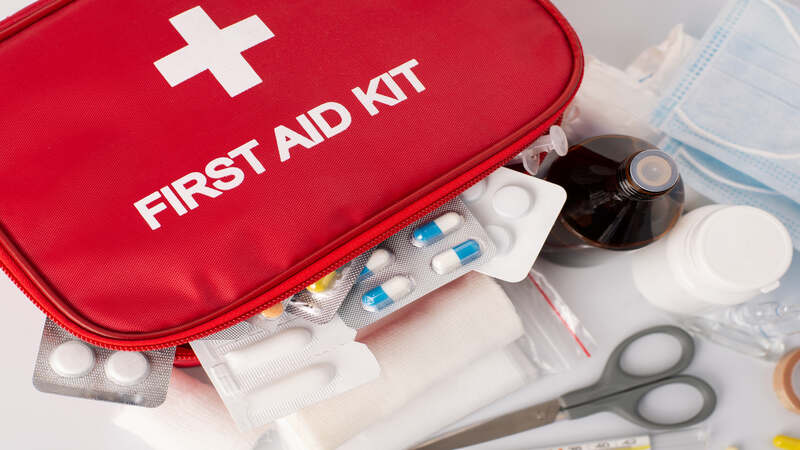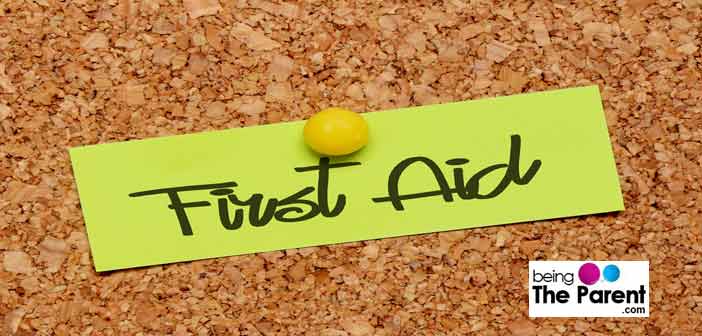
Toddlers are curious little beings! The only thing they want is to play around all the time! They are also very curious about tastes and like to nibble on things they find interesting. Toddlers have just started exploring the world. They like to touch and reach out for everything. They tipple and fall, they scratch and cut themselves. Besides, since they are gummy-so to say-(not all baby teeth have come out), there is always this nibbling tendency. While that is very cute, but it may not be healthy! Make sure the first aid kit of your home is meeting all the following requirements. Make sure you have a big zipped box that can be kept safely out of the toddler’s reach.
The toddler first aid kit essential components
-
- Instruction manual and contact numbers: Just having the medicines and dressing accessories is insufficient. You will need to know how to use them. Make sure that your kit has a detailed instruction manual. There should be a contact sheet with your doctor’s phone number, numbers of closest relatives, helpful neighbors, friends, and the contacts of the nearest pharmacy with home delivery. A prior look at the instruction manual will help you to understand the things you need as well
- Precautions for cold and fever: These are common issues with babies. The kit should have thermometers for children. Special pediatric fever remediation medicines as recommended by a specialist. Blocked nose is a very common issue during childhood.
You should have an aspirator in the kit, especially suitable for children. A bulb syringe is very useful for cleaning mucus from a runny nose. With nasal drops, the issue can recur. With a bulb syringe, you can take out the mucus every time for long-term relief. Using saline drops softens the mucus for pulling it out. Keep a thermometer cleaner handy as well

- Treatment for cuts and scrapes: You will need an antibiotic solution for treating cuts. Keep the gauge rolls, gauge pads, adhesive tapes, adhesive bandage stripes, and cotton balls for applying the lotions. Keep a mild medical soap for washing the cut before dressing it. You will also need a pair of clean scissors and tweezers to set the bandages, whenever necessary. An instant cold compress pad and a heating pad are also useful for primary treatment on bruises and wounds
- Other essential medicines: Keep vomiting pills handy. Make sure you are packing in the ones recommended best by the doctor for children. You should also carry these while traveling because many babies find it difficult to adjust with the experience of moving in a car. Include ointments for treating insect bites. With any pills, make sure that it is within the expiry period timeline. Check regularly and replace with a fresh supply whenever needed. Antacids and laxatives should also be there. Make sure the kit consists of a good eyewash and lotions for treating insect bites
- Medical accessories: Keep 2 pairs of sterilized and packed latex gloves to avoid transferring infections from your hand to an open wound while treating it. Alternatively, you can also make do with a hand sanitizer. You should also learn how to do CPR. Keeping a CPR breathing barrier can be very useful when you have to give it and minimize the risk of avoiding germ transfer from your lips

Apart from these essentials, also pack in a flashlight. It can come very useful during emergencies. However, make sure that the batteries are kept separately at the side. They tend to degenerate when they have been stagnant for a long time in the flashlight.
Obviously, while packing your first aid kit, your mind naturally wanders to all the bruises and cuts your baby may have while playing. This is natural, but do not let this emotion to make you very restrictive and disciplinarian. Children should be allowed to play freely as it is vital for the development of their personalities. This is the way they learn the ways of the world! Just make sure that you are guiding them safely, but never restricting their natural flow. Parenting is totally among the toughest jobs.

